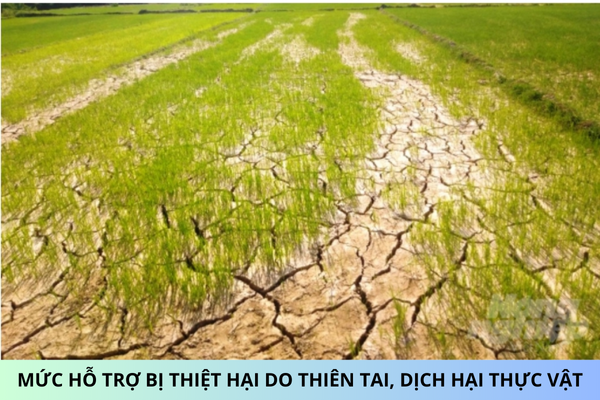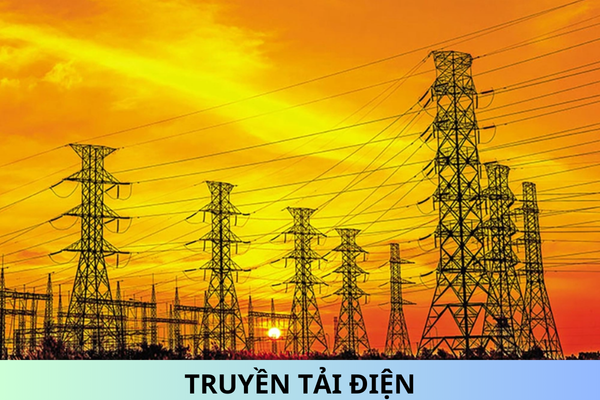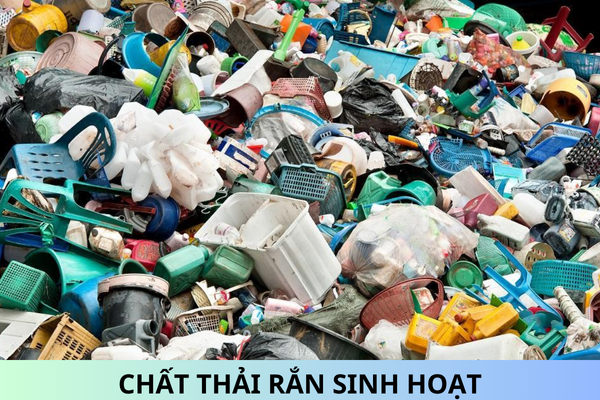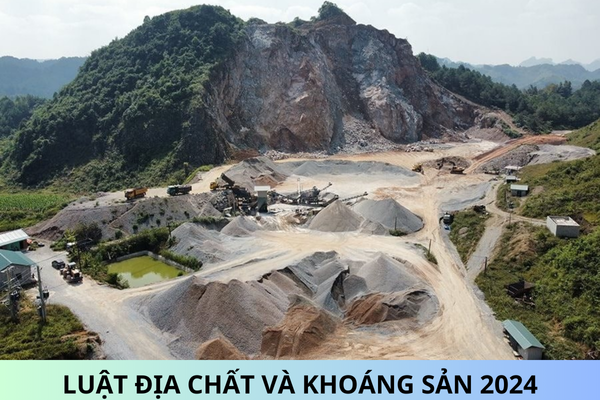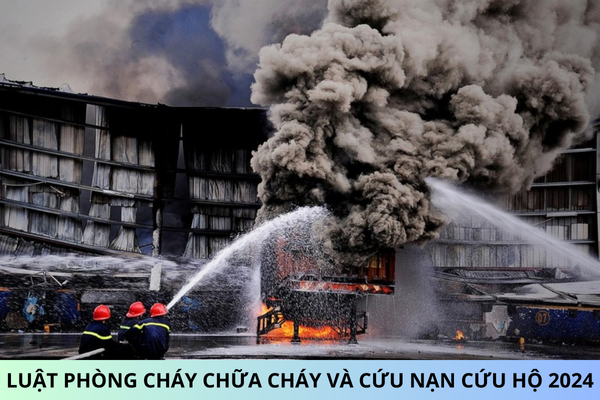What are regulations on ante-mortem inspection applied to livestock in Vietnam? What are regulations on post-mortem inspection applied to livestock in Vietnam?
What are regulations on ante-mortem inspection applied to livestock in Vietnam? What are regulations on post-mortem inspection applied to livestock in Vietnam? What are regulations on ante-mortem inspection applied to poultry in Vietnam?
Thank you!
What are regulations on ante-mortem inspection applied to livestock in Vietnam?
Pursuant to Article 5 of the Circular 09/2016/TT-BNNPTNT (amended by Clause 2 Article 1 of the Circular 10/2022/TT-BNNPTNT) stipulating ante-mortem inspection applied to livestock in Vietnam as follows:
1. Check of documents and records of origins of to be-slaughtered animals of the slaughterhouses; the phytosanitary certificate for transport of animals according to regulations.
2. Inspection of the implementation of regulations on veterinary hygiene applicable to people carrying out the slaughter and regulations in protective clothing.
3. Clinical examination:
a) The clinical examination of animals must be conducted in the lairage which is well lighted;
b) The inspector shall observe mild symptoms of animals. Any animal suffering from infectious diseases must be isolated and the examination of animals of the same stock with such animal shall be repeated. Any animal having a abnormality must be marked, separated from others, observed and handled according to regulations in Article 12 of this Circular;
c) Only animals which satisfy the requirements specified in Article 4, clean, have been kept in the lairage to ensuring animals returning to normal conditions and have received clinical examination before the slaughter shall be slaughtered;
d) For animals which are not slaughtered within 24 hours after the ante-mortem inspection, the clinical examination must be repeated.
4. Formulation of controlling book for noting necessary information before the slaughter, containing:
a) Name of the owner of the animal;
b) The origin of the animal;
c) Type of animal;
d) The number of the animal in the same batch;
dd) Time of receiving the animal;
e) The ante-mortem inspection results, containing the clinical symptoms and the temperature of the animal, for cases of abnormalities;
g) The number of animals which have not been slaughtered and the reasons therefor;
h) Handling measures;
i) The signature of the veterinary technician.
5. Ante-mortem inspection of the cleaning, pasteurization and disinfection of the slaughterhouse, equipment and tools used in the slaughterhouse under the guidance of veterinary authorities specified in QCVN 01- 150:2017/BNNPTNT issued together with Circular No. 13/2017/TT-BNNPTNT dated June 20, 2017 of the Minister of Agriculture and Rural Development on the National Technical Regulations in veterinary medicine sector (hereinafter referred to as “QCVN 01-150”).
What are regulations on post-mortem inspection applied to livestock in Vietnam?
Pursuant to Article 6 of the Circular 09/2016/TT-BNNPTNT (amended by Clause 3 Article 1 of the Circular 10/2022/TT-BNNPTNT) stipulating post-mortem inspection applied to livestock in Vietnam as follows:
1. Examine head, visceral organs (lungs, heart, liver, kidneys, stomach, intestine) and the carcass of the animal for abnormalities. Procedures for examination shall comply with the provisions of sectioon 4 and section 5 of Annex III enclosed with this Circular.
2. The examination of the carcass and its viscera after the slaughter must be conducted immediately when the carcass has been evisterate and has been cleansed and must minimize the changes in the characteristic of the carcass during the examination. The cuts on the carcass must be exactly at the positions subject to examination, the cutting must be in horizonal direction to limit the contact of the carcass with the outside environment.
3. Any pathological signs on the carcass and its viscera must be marked, separated and sent to the specialized area for final examination before the handling decision is issued; the stamp “XỬ LÝ V.S.T.Y” (Veterinary hygiene treatment) or “HỦY” (Destruction) shall be affixed according to the decision on handling of animal products unconformable to veterinary hygiene.
4. The carcass of an animal and its viscera must bear the same marks to avoid being jumble; each visceral organ must be checked in turn so that abnormalities are discovered.
5. Carcasses, viscera and edible by-products conformable to veterinary hygiene shall bear the slaughter control stamps, veterinary hygiene stamps or slaughter control or veterinary hygiene inspection marks; Quarantine Certificates serving transport of animal products shall be issued according to regulations.
6. Post-mortem inspection of the cleaning, pasteurization and disinfection of the slaughterhouse, equipment and tools used in the slaughterhouse under the guidance of veterinary authorities specified in QCVN 01- 150.
What are regulations on ante-mortem inspection applied to poultry in Vietnam?
Pursuant to Article 7 of the Circular 09/2016/TT-BNNPTNT stipulating ante-mortem inspection applied to poultry in Vietnam as follows:
1. Conformable to regulations in clauses 1, clause 2, points b and d clause 3, clause 4 and clause 5 Article 5 of this Circular.
2. The clinical examination of the health conditions of the poultry must be conducted in a well lighted area and when carcasses have been on the slaughter chain (applicable to industrial and semi-industrial slaughterhouses) to weak and rickety or poultry denoting infectious diseases so that suitable handling measures are promptly taken.
3. After the clinical examination, the strong poultry must be slaughtered as soon as possible.
Best regards!
